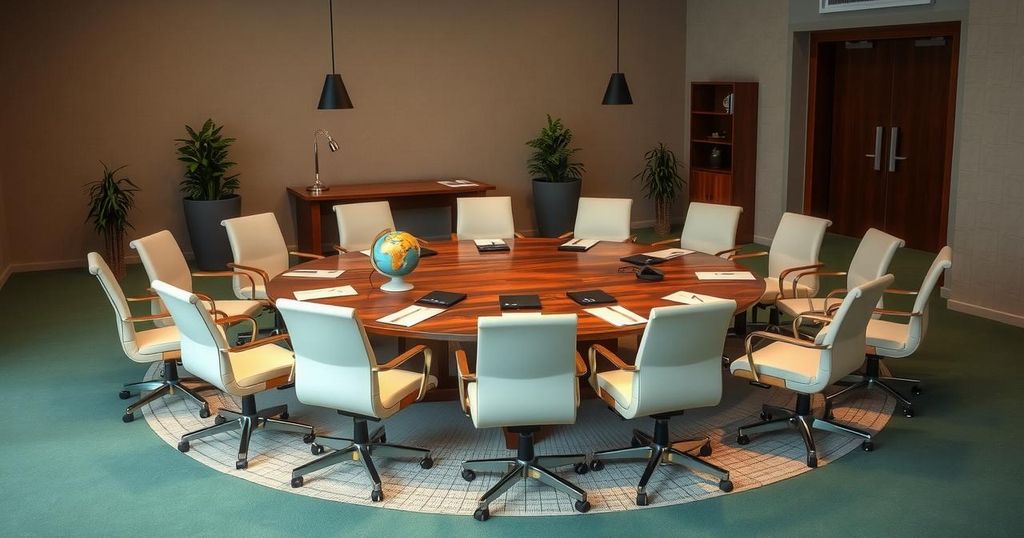Iran and the US are scheduled to hold the next round of nuclear negotiations in Oman on April 26. Iranian officials expressed optimism following discussions in Rome, indicating progress and a commitment to constructive dialogue. However, regional tensions remain high, with military implications at stake depending on the talks’ outcomes. The economic situation in Iran is precarious, with significant social unrest and a challenging currency situation.
On April 26, the next round of negotiations between Iran and the United States regarding Iran’s nuclear program will take place in Oman, as announced by Iranian Foreign Minister Abbas Araghchi. Prior meetings will involve experts in Oman, suggesting a progression from the second round of discussions held in Rome. While no details were immediately provided by the U.S. side, Araghchi indicated that the talks had a constructive atmosphere, stating, “I hope that we will be in a better position after the technical talks.”
The second round of talks concluded on Saturday following extensive discussions at the Omani Embassy in Rome. Although U.S. officials did not disclose specifics on the outcomes, Iranian Foreign Ministry spokesman Esmail Baghaei emphasized Iran’s commitment to serious negotiations aimed at lifting severe economic sanctions. He remarked that Iran would continue discussions in a constructive manner, indicating a willingness to engage in dialogue.
These negotiations take place amid increasing tensions in the Middle East, heightened by military actions and conflicts. Analysts warn of the possibility of military strikes on Iran’s nuclear facilities or Iran’s own pursuit of nuclear weapon capabilities if talks fail. Former President Donald Trump reiterated his firm stance against Iran obtaining nuclear weapons, expressing the desire for a prosperous Iran, free from nuclear arms.
Prior to the negotiations, Araghchi held discussions with Italian Foreign Minister Antonio Tajani, while Rafael Mariano Grossi of the International Atomic Energy Agency met with Tajani. Grossi’s agency would be integral in monitoring any compliance if an agreement is achieved. Tajani expressed Italy’s readiness to assist in continuing the dialogue at both the technical and diplomatic levels.
Witkoff and Araghchi traveled to the talks after engaging in separate diplomatic missions. Notably, Russia, a participant in the 2015 nuclear deal, may play a pivotal role in future negotiations regarding Iran’s uranium enrichment. The previous discussions in Muscat, Oman, served as a precursor to the recent Rome meeting, highlighting Oman’s historical role as an intermediary between Iran and the West.
Iran has made it clear that it seeks to maintain a balanced agreement without surrendering its enrichment program. The internal political situation in Iran remains volatile, particularly concerning the mandatory hijab and economic conditions that have led to nationwide unrest.
Following these negotiations, Iran’s currency has shown signs of improvement, although it had previously reached significant lows. Additionally, reports indicate the arrival of two used Airbus A330-200 aircraft to Iran, a development that may require U.S. approval due to existing sanctions.
The ongoing negotiations between Iran and the United States regarding Iran’s nuclear program reflect a critical juncture amid rising regional tensions. With both parties expressing a commitment to constructive dialogue, the focus now shifts to the upcoming technical talks planned in Oman. The outcome of these discussions will be pivotal not only in terms of nuclear compliance but also for the stabilization of Iran’s economy and regional security.
Original Source: www.wdrb.com




